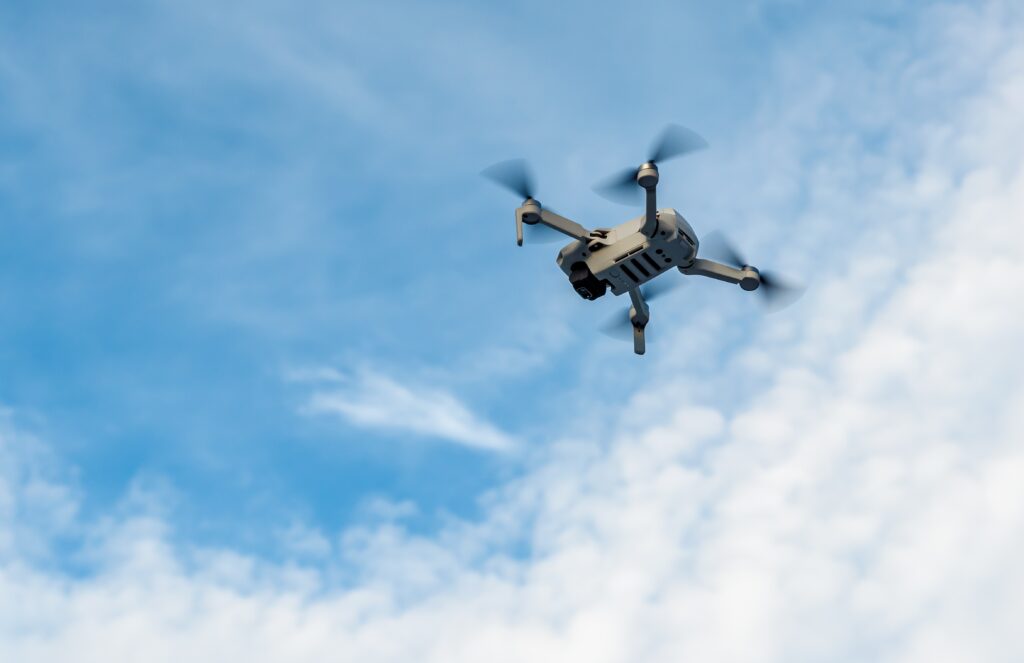Europe is exploring a “drone wall” along its eastern border to counter Russian aerial threats, driven by requests from the Baltic states and recent incidents of Russian drones over Polish airspace. The initiative, supported by European Commission President Ursula von der Leyen and EU defence commissioner Andrius Kubilius, involves a cooperative effort among Poland, Finland, Estonia, Latvia, and Lithuania to strengthen NATO’s eastern frontier.
At the core of the project is Eirshield, a multilayered, AI-powered anti-drone system developed by Estonian company DefSecIntel and Latvia’s Origin Robotics. The system combines radars, cameras, radio frequency detectors, and automated decision-making to detect, track, and neutralise hostile drones. Interception methods include signal jamming, blocking, or using drones and third-party gun systems, with some components portable for flexibility. Designed for fast-moving unmanned targets, Eirshield can counter drones flying up to 200 km/h and is more cost-efficient than conventional air defence systems, which typically cost millions per strike.
The technology has already been deployed in Ukraine, though adaptations will be needed to meet NATO standards and peacetime requirements in the Baltics, such as ensuring only hostile drones are targeted and potentially using non-lethal interception methods like nets or small drones. National militaries will determine the mix of tactics for each deployment, and the system is not intended to replace traditional air defences.
Funding remains a hurdle: the European Commission rejected a €12 million joint proposal from Estonia and Lithuania in August. However, the three Baltic states have allocated their own budgets, with Estonia committing €12 million over three years, Latvia awarding €10 million in research contracts, and Lithuania dedicating €3 million of previous EU funds for anti-drone equipment.
The drone wall represents a technologically advanced, scalable layer of defence along Europe’s eastern flank, but full deployment will depend on broader EU and NATO integration, funding approval, and operational adjustments for peacetime conditions.



